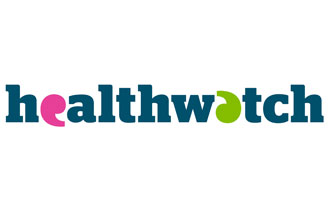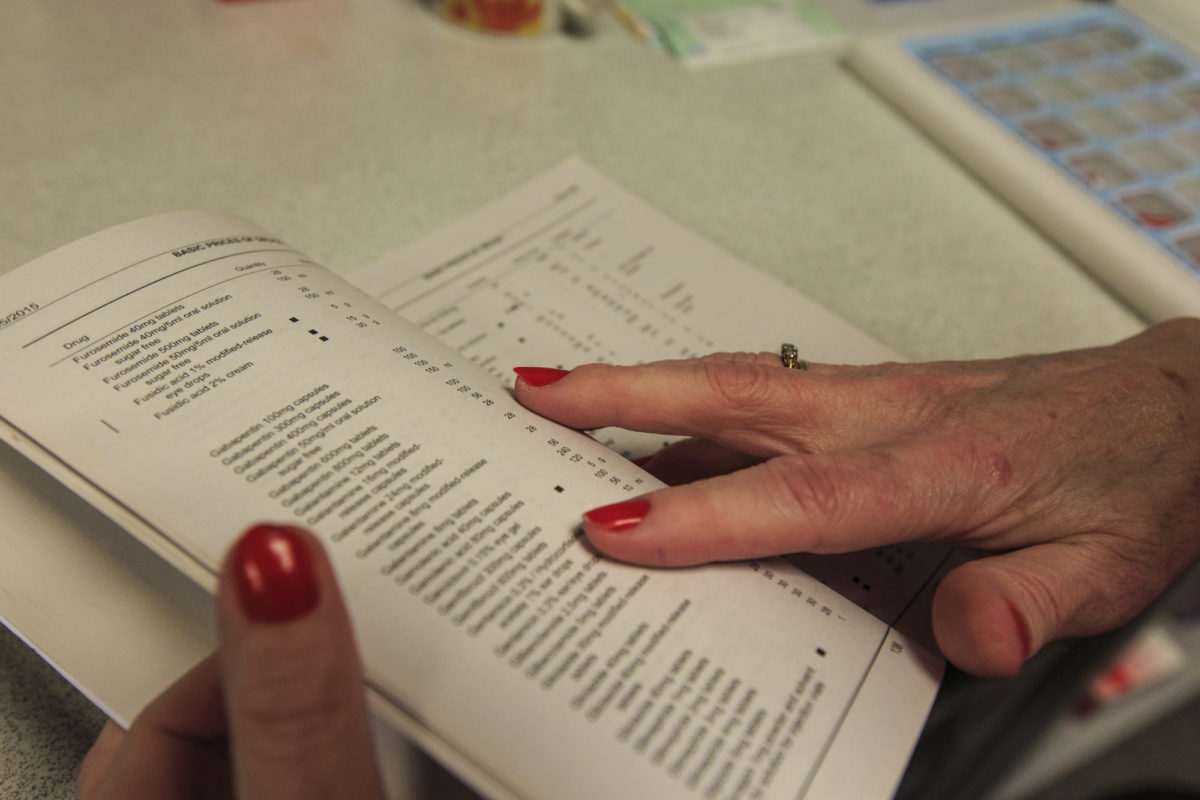Retained margin (Category M)
Published on: 12th September 2014 | Updated on: 2nd April 2024
The community pharmacy sector will receive £2.592bn per year from 2019/20 to 2023/24. Of the annual sum, £800m is to be delivered as retained buying margin i.e. the profit pharmacies can earn on dispensing drugs through cost effective purchasing.
The £800m retained margin element is a target that the Department of Health and Social Care (DHSC) aim to deliver by adjusting the reimbursement prices of drugs in Category M of the Drug Tariff. The delivery of margin to pharmacy is carefully monitored by Community Pharmacy England and the DHSC. For information on the Margins Survey please click here.
Where the Margins Survey identifies the delivery rate of margin to community pharmacy will be under or over deliver on the £800m target, the DHSC will re-calibrate Category M Drug Tariff prices to bring the margin delivery rate back on track.
Click on a heading below for more information.
Category M was introduced into the Drug Tariff in April 2005 when the new community pharmacy contractual framework was launched. Key points about the system:
- Category M is used to set the reimbursement prices of over 600 medicines.
- It is the principal price adjustment mechanism to ensure delivery of the retained margin guaranteed as part of the contractual framework.
- It uses information gathered from manufacturers on volumes and prices of products sold plus information from the Pricing Authority on dispensing volumes to set prices each quarter.
- As prices have to be set in advance, estimated volumes are used which may differ from actual volumes. However, the built in correction mechanism ensures that the quarterly adjustments account for any over or under recovery in practice.
- It is closely monitored by Community Pharmacy England to ensure that the scheme operates correctly and to identify anomalies. Regular feedback meetings are held with the DHSC.
Community Pharmacy England puts considerable resources into monitoring all elements of funding, including Category M.
One problem that can arise is products not being available to purchase at the Category M reimbursement price. The DHSC sets Category M prices at levels substantially above the prices notified by manufacturers. But when the Category M reimbursement price for a particular product falls, it may take time, and sustained pressure from pharmacies, for wholesale prices to respond. During this period, it is essential that contractors exert maximum pressure on wholesalers. There have been a number of examples where manufacturers prices were below the Drug Tariff price but a product could not be obtained at the Drug Tariff price from a number of wholesalers.
In some parts of the country, another problem is branded prescribing. As Category M prices are set to include an element of purchase profit, a fundamental part of the funding arrangements, reimbursement prices may be higher than manufacturer’s list prices. To save money, some CCGs may encourage branded prescribing. When products are prescribed generically, pharmacies seek to obtain the best available generics prices, driving down the prices being charged by wholesalers and manufacturers and in turn the Drug Tariff reimbursement prices and costs for the NHS. Prescribing branded generics or off-patent branded medicines profoundly affects the competition that drives down prices in the generics market and acts to drive up costs to the NHS. It can also lead to unequal geographical distribution of the funding under the contractual framework. Community Pharmacy England is completely against this practice.
Community Pharmacy England meets regularly with the Department of Health and Social Care (DHSC) to discuss the system and problems that arise.
On 29th June 2005, details were announced of two voluntary schemes for wholesalers and generics manufacturers (M and W) backed by Section 33 of the Health Act 1999, that are designed to assist the DHSC in gathering information to support the quarterly revision of Category M prices. Click on the links below for more information on the voluntary schemes for manufacturers and wholesalers.
On 1st July 2018 The Health Service Products (Provision and Disclosure of Information) Regulations 2018 (the Regulations) came into effect, which requires manufacturers and wholesalers to provide information associated with products purchased for the NHS. DHSC use information gathered via these regulations to inform price setting for Category M.
Further information on the Information & Disclosure Regulations.
Category M 2024/25 Q1 Apr-Jun (with Jan-24 combined) (MS Excel)
Category M 2023/24 Q4 Jan-Mar (with Oct-23 combined) (MS Excel)
Category M 2023/24 Q3 Oct-Dec (with Jul-23 combined) (MS Excel)
Category M 2023/24 Q2 Jul-Sep (with Jun-23 combined) (MS Excel)
Category M 2023/24 Q1 Apr-Jun (with Mar-23 combined) (MS Excel)
Category M 2022/23 Q4 Jan-Mar (with Dec-22 combined) (MS Excel)
Category M December 2022 (with Nov 22 combined) (MS Excel)
Category M 2022/23 Q3 Oct-Dec (with Jul 22 combined) (MS Excel)
Category M 2022/23 Q2 Jul-Sep (with Apr 22 combined) (MS Excel)
Category M 2022/23 Q1 Apr-Jun (with Jan 22 combined) (MS Excel)
Category M 2021/22 Q4 Jan-Mar (with Oct-21 combined) (MS Excel)
Category M 2021/22 Q3 Oct-Dec (with Jul-21 combined) (MS Excel)
Category M 2021/22 Q2 Jul-Sep (with Apr 21 combined) (MS Excel)
Category M 2021/22 Q1 Apr-Jun (with Jan 21 combined) (MS Excel)
Category M 2020/21 Q4 Jan-Mar (with Oct-20 combined) (MS Excel)
Category M 2020/21 Q3 Oct-Dec (with Jul-20 combined) (MS Excel)
Category M 2020/21 Q2 Jul-Sep (with Jun 20 combined) (MS Excel)
Category M June 2020 (with May 2020 combined) (MS Excel)
Category M 2020/21 Q1 Apr-Jun (with Jan 20 combined) (MS Excel)
Category M 2019/20 Q4 Jan-Mar (with Oct 19 combined) (MS Excel)
Category M 2019/20 Q3 Oct-Dec (with Aug 19 combined) (MS Excel)
Category M 2019 August (with Jul 19 combined) (MS Excel)
Category M 2019/20 Q2 Jul-Sep (with Apr 19 combined) (MS Excel)
Category M: 2019/20 Q1 Apri-June (with Jan 2019 combined) (MS Excel)
Category M: 2018/19 Q4 Jan-Mar (with Nov 18 combined) (MS Excel)
Category M: 2018 November (with Oct 18 combined) (MS Excel)
Category M: 2018/19 Q3 Oct-Dec (with Aug 18 combined) (MS Excel)
Category M: 2018/19 Q2 Jul-Sep (with Apr 18 combined) (MS Excel)
Category M: 2018/19 Q1 Apr-Jun (with Jan 18 combined) (MS Excel)
Category M: 2017/18 Q4 Jan-Mar (with Oct 17 combined) (MS Excel)
Category M: 2017/18 Q3 Oct-Dec (with Aug 17 combined) (MS Excel)
Category M: 2017 August (with Jul 17 combined) (MS Excel)
Category M: 2017/18 Q2 Jul-Sep (with Apr 17 combined) (MS Excel)
Category M: 2017/18 Q1 Apr-Jun (with Jan 17 combined) (MS Excel)
Category M: 2016/17 Q4 Jan-Mar (with Oct 16 combined) (MS Excel)
Category M: 2016/17 Q3 Oct-Dec (with Jul 16 combined) (MS Excel)
Category M: 2016/17 Q2 Jul – Sep (with Jun 16 combined) (MS Excel)
Category M: 2016 June (with Apr 16 combined) (MS Excel)
Category M: 2016/17 Q1 Apr – Jun (with Jan 16 combined) (MS Excel)
Category M: 2015/16 Q4 Jan – Mar (with Oct 15 combined) (MS Excel)
Category M: 2015/16 Q3 Oct – Dec (with Jul 15 combined) (MS Excel)
Category M: 2015/16 Q2 Jul – Sep (with Apr 15 combined) (MS Excel)
Category M: 2015/16 Q1 Apr – Jun (with Jan 15 combined) updated (MS Excel)
Category M: 2014/15 Q4 Jan – Mar (with Oct 14 combined) (MS Excel)
Catgegory M: 2014/15 Q3 Oct – Dec (with Jul 14 combined) (MS Excel)
Category M: 2014/15 Q2 Jul – Sep (with Apr 14 combined) (MS Excel)
Category M: 2014/15 Q1 Apr – Jun (with Jan 14 combined) (MS Excel)













